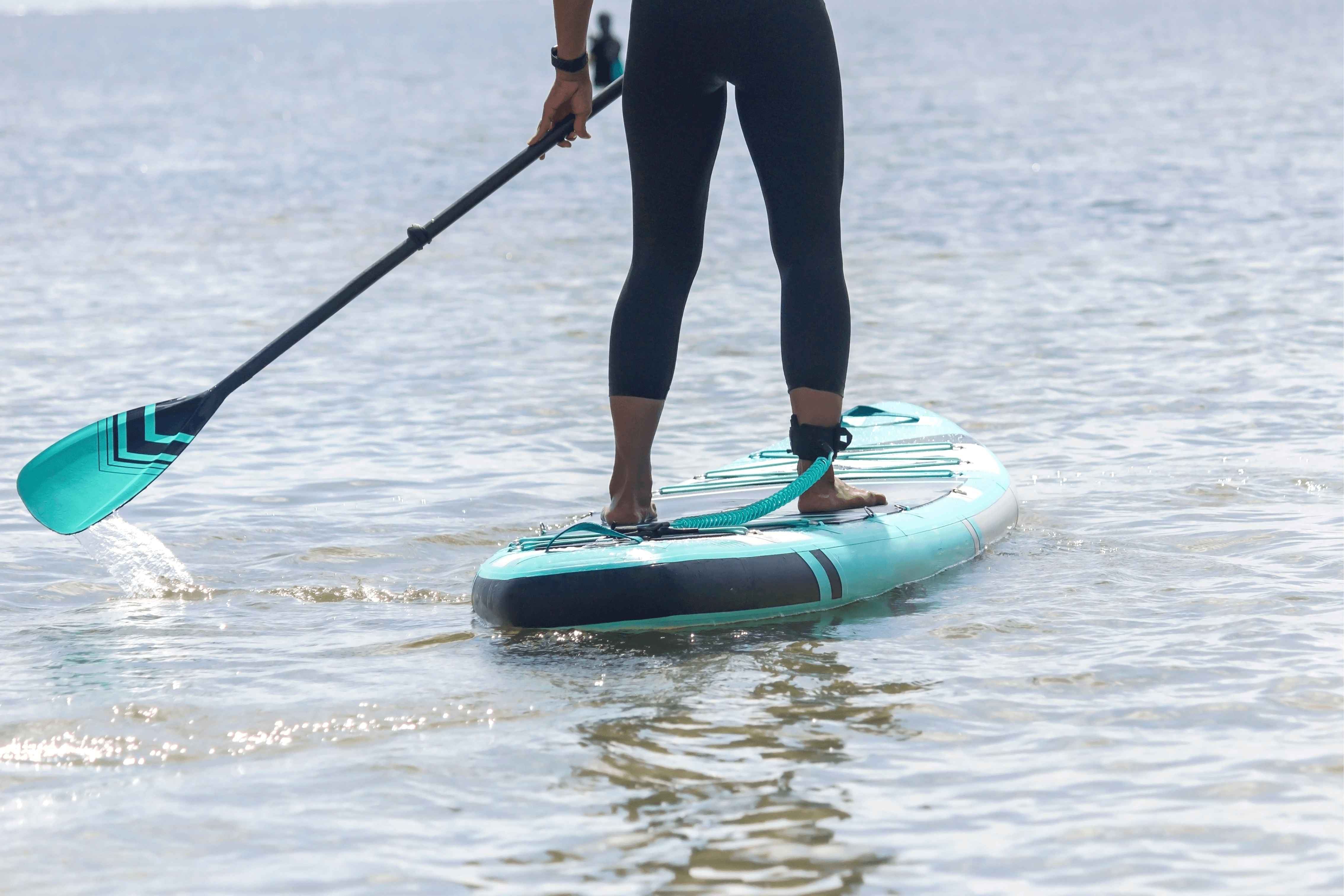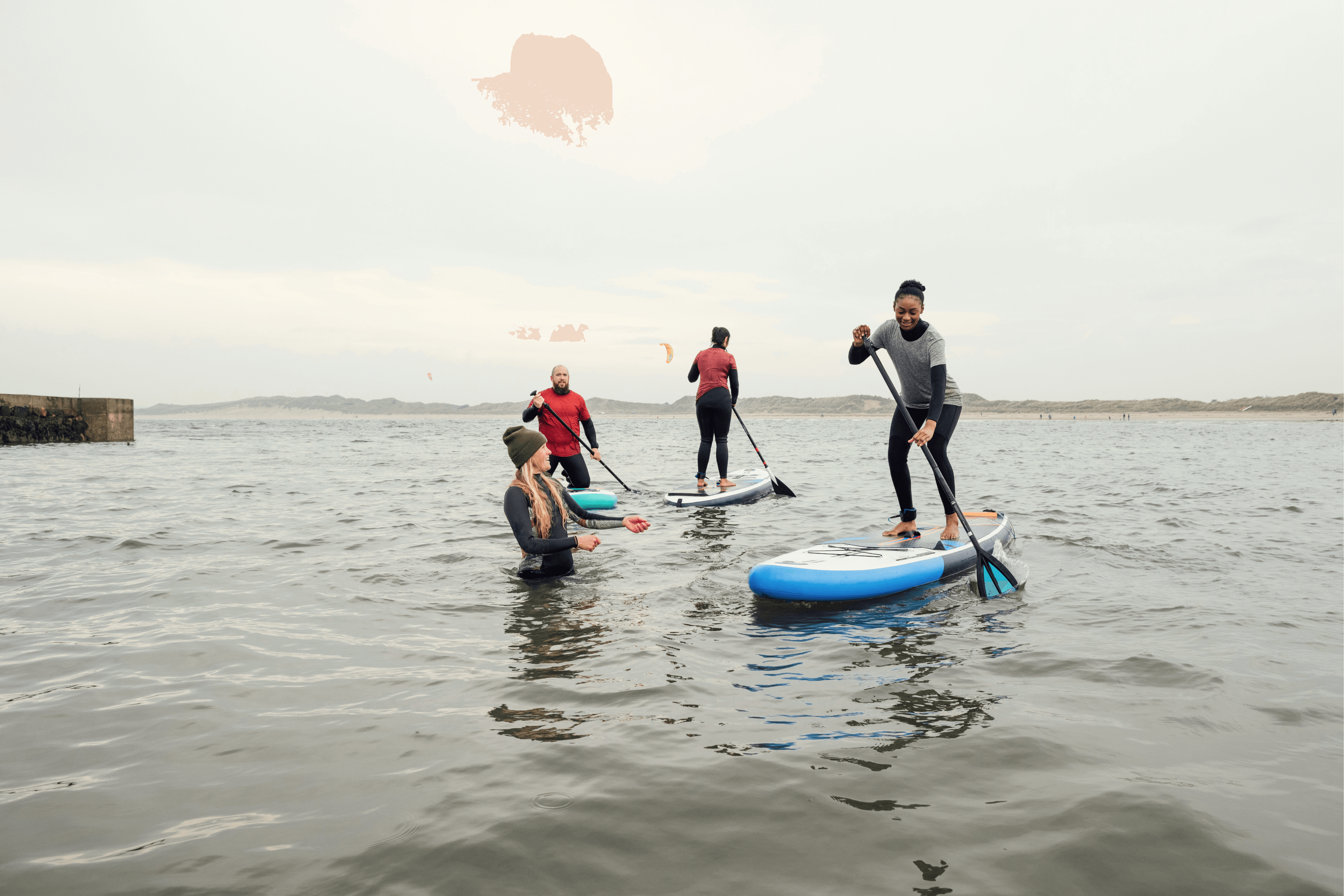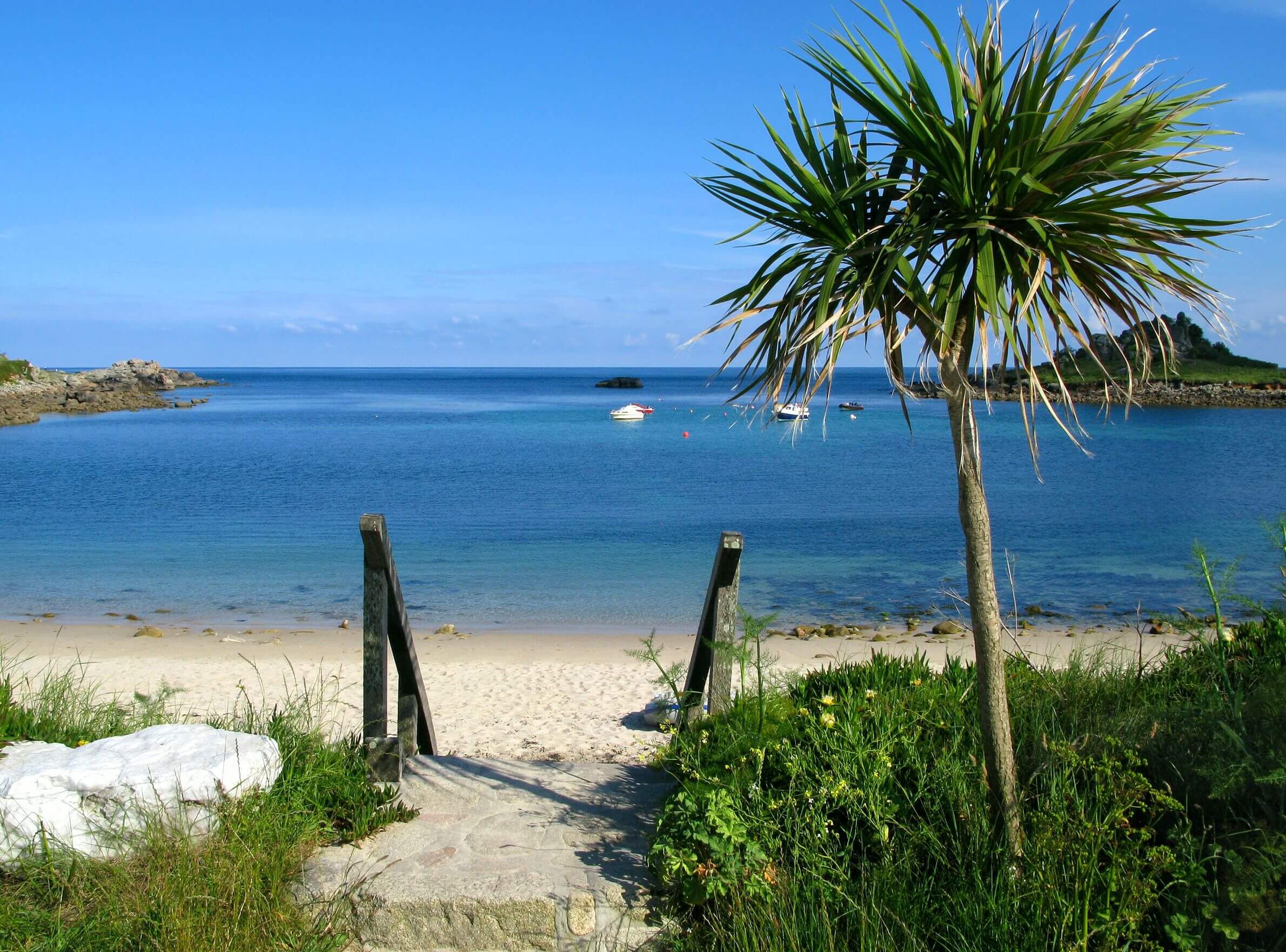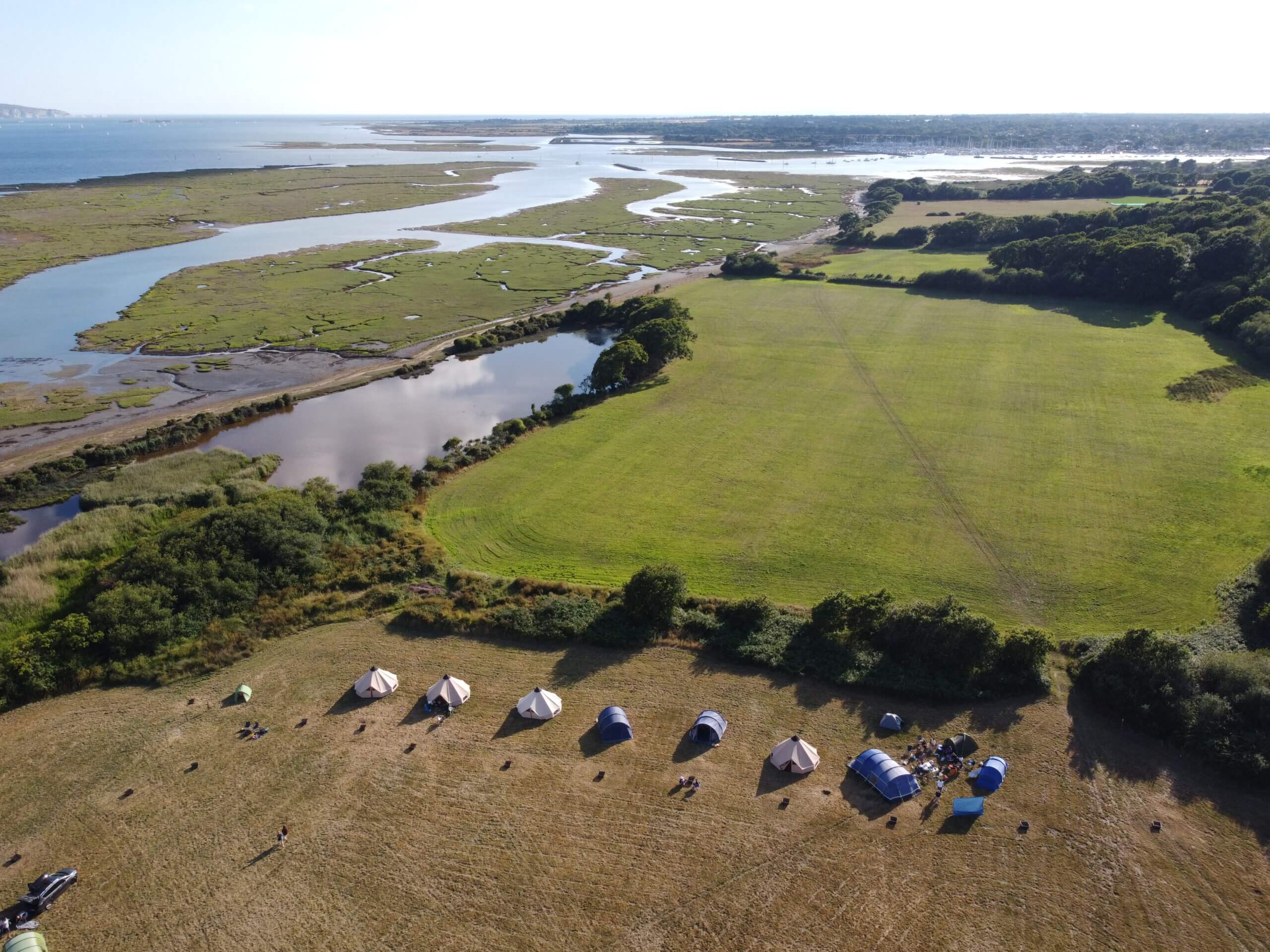7 Kayak Safety Tips You NEED this Summer
With all this sunny weather more and more people are buying kayaks and taking to the water. All good fun, but, how can you be sure you’re kayaking safely?
One of the top questions asked right now is, is kayaking dangerous?
Well, no, if you follow these simple kayak safety tips.
Robert from OutsidePursuits.com is here to take us through some basic kayak safety tips you might not have thought of in your eagerness to get out and paddle.
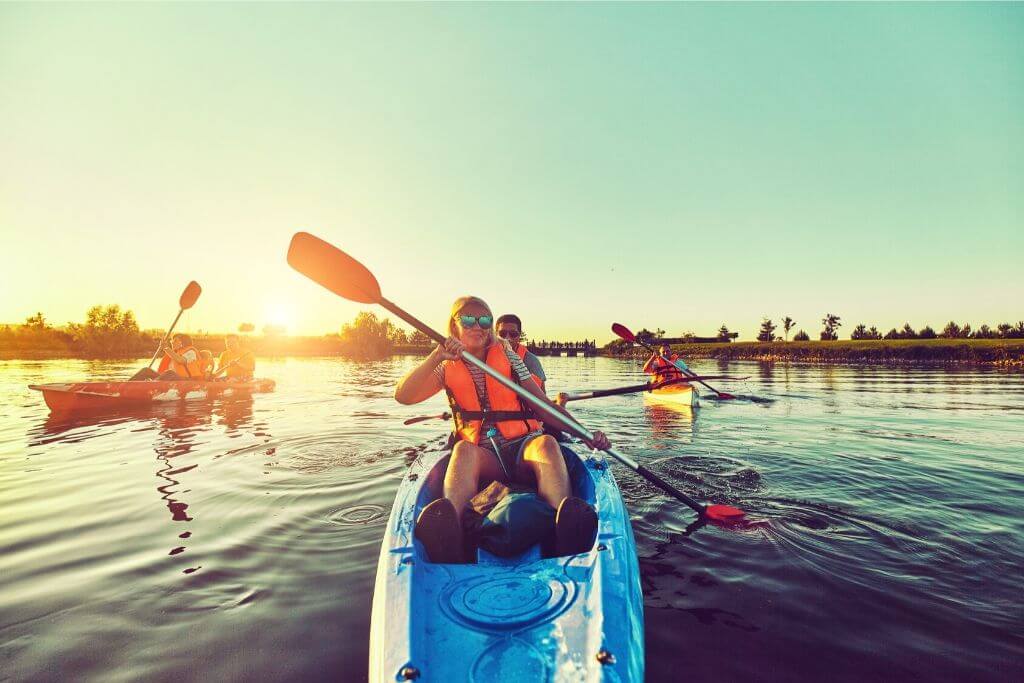
Kayak safety is super important if you’re renting a kayak, and you’re not familiar with the equipment or the surroundings. And if you’re contemplating buying a kayak, then knowing a few kayak safety tips before you commit will be totally worth your time.
7 Kayak Safety Tips


By Robert Baker
Expert kayaker at OutsidePursuits.comRobert Baker is a blogger and a travel writer. He’s been providing destination guides and recommendations to places he has been for many years!
Kayaking is one of the most popular water sports in England. Whether you want to paddle across Windermere or kayak through caves and under arches along the north Cornish coastline, your safety should be a major concern. Failure to adhere to basic safety precautions not only endangers yourself, but it also puts other members of your group at risk as well as rescue personnel from the RNLI and HM coastguard.
Here are some basic guidelines to help you stay safe while kayaking.
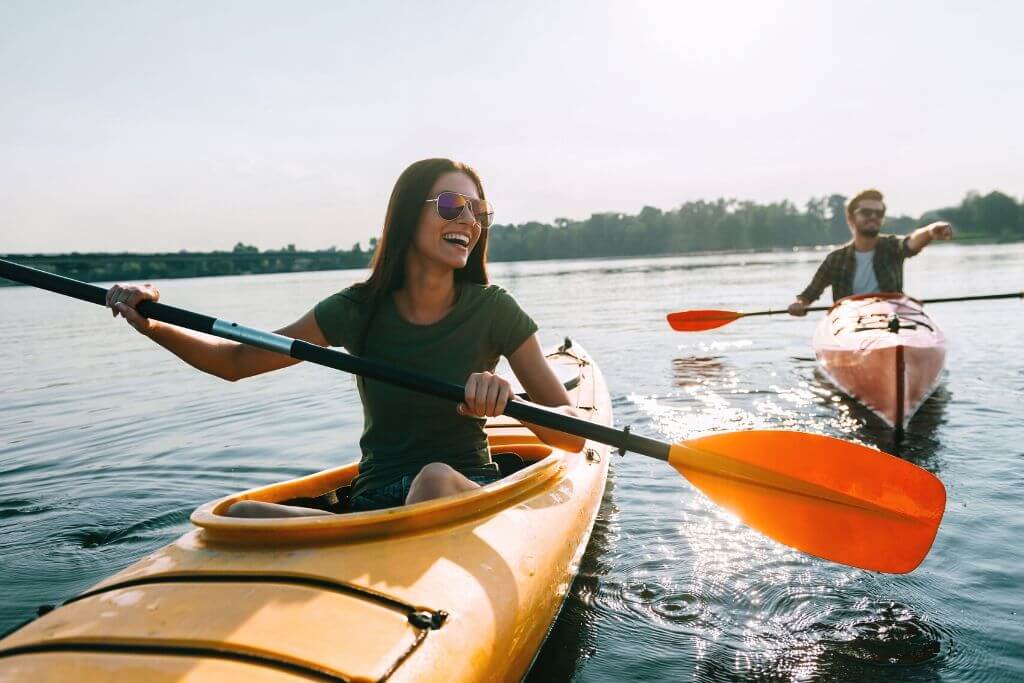
1. Wear a buoyancy aid
Even when kayaking in shallow water, you should always wear a well-fitted, well-maintained, and suitable lifejacket. This is important even if you are a strong swimmer. It is cold shock that kills most accident victims rather than an inability to swim. Cold shock peaks in water between 10-150C. The average water temperature in the UK and Ireland is 120C.
Research conducted by Professor Mike Tipton MBE at the University of Portsmouth proved that a person unexpectedly ejected from their kayak into the water is four times more likely to survive when wearing some form of buoyancy aid. It’s a no brainer why this is top of our kayak safety tips this summer.
When shopping for a personal floatation device, take your time to find one that is comfortable and a good fit. A level 100 lifejacket is designed for use in calm waters, such as a lake in the Lake District. A level 150 lifejacket is designed for coastal waters where a higher standard of performance is necessary.
Higher-level jackets offer more life-saving features, such as turning an unconscious person onto their back, so they are less likely to drown while floating.
All lifejackets sold in Europe and the UK must meet International Standards Organisation standard ISO12402.
2. Be ready to call for help
If you find yourself in trouble, do not hesitate to reach out for assistance. When planning your kayaking adventure, ensure you carry a means to call for help.
The simplest device you can carry is a loud whistle. Some life jackets have whistles attached for this purpose. When you’re floating in the water and it’s foggy, a lifeboat could sail right past without seeing you. A whistle enables you to draw attention.

A mobile can be used to contact the emergency services by dialling 112 or 999. Ask for the coastguard. Because mobiles are not designed to be submerged in water, it’s a good idea to keep them inside waterproof containers in your kayak. Ensure that the container you choose can be easily opened in an emergency.
If you’re planning a long sea kayaking adventure around the English coastline, you should consider investing in a DSC-equipped radio (digital selective calling). These are much more reliable at sea than a mobile. A DSC distress signal also transmits your location.
Alternatively, a PLB (personal locator beacon) can be used to alert the emergency services to your perilous situation. Always know how you can get help is another one of our top kayak safety tips.
3. Check the weather report
With so many meteorological resources in England, there are no excuses for not knowing what the weather will be like. Always check the sea conditions and weather forecast before heading off on your kayaking adventure.
Be prepared to change your plans or even cancel your trip if the weather looks frightful.
The Met Office produces a useful online inshore waters and strong winds forecast. If you like mobile apps, the RYA Safe Trx not only provides you with an inshore waters forecast but also tracks your journey and informs the coastguard if it looks like you’re in trouble. If you are sea kayaking, check the tides on the Admiralty website.
4. Make a paddling plan
Before setting off on your paddling adventure, make a plan. Decide exactly where you’re going and when you’re going to get there. Ensure that someone reliable knows of your plans and arrange to check in with them when you get back to shore.
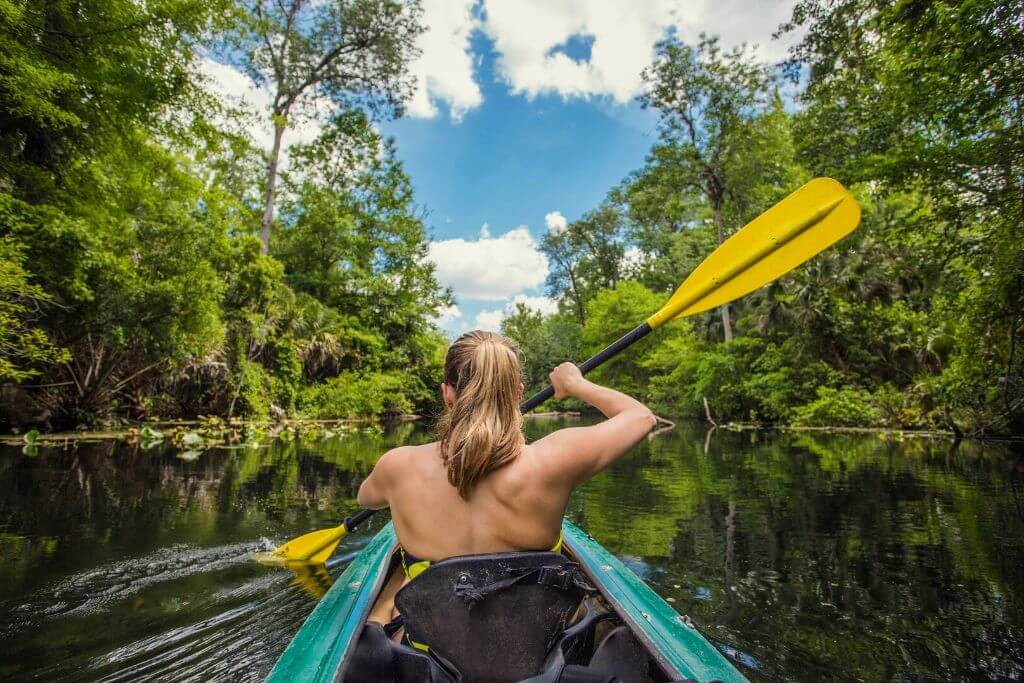
In this way, if you don’t make it back in time, your designated overwatch can contact the emergency services and let them know that you’re in trouble.
Your designated overwatch should know your planned route with estimated times, how many people are in your group, some basic details about the colour and number of kayaks you’re using, and what safety equipment you’re carrying. If your plans change during the day, you must inform your designated overwatch immediately. It’s a basic kayak safety tip to let at least one other person who’s not with you, know where you are at all times.
Know your own limitations.
Don’t make a paddling plan that is overambitious. Attempting to reach the Isle of Man in a Force 8 gale is not a reasonable goal. And providing your overwatch with overoptimistic arrival times may result in an unnecessary lifeboat launch.
5. Learn how to paddle
Your local outdoor centre or canoe club may offer kayaking lessons organized by British Canoeing. Even a basic introductory course will vastly improve your kayaking safety and reduce the likelihood of a serious accident.
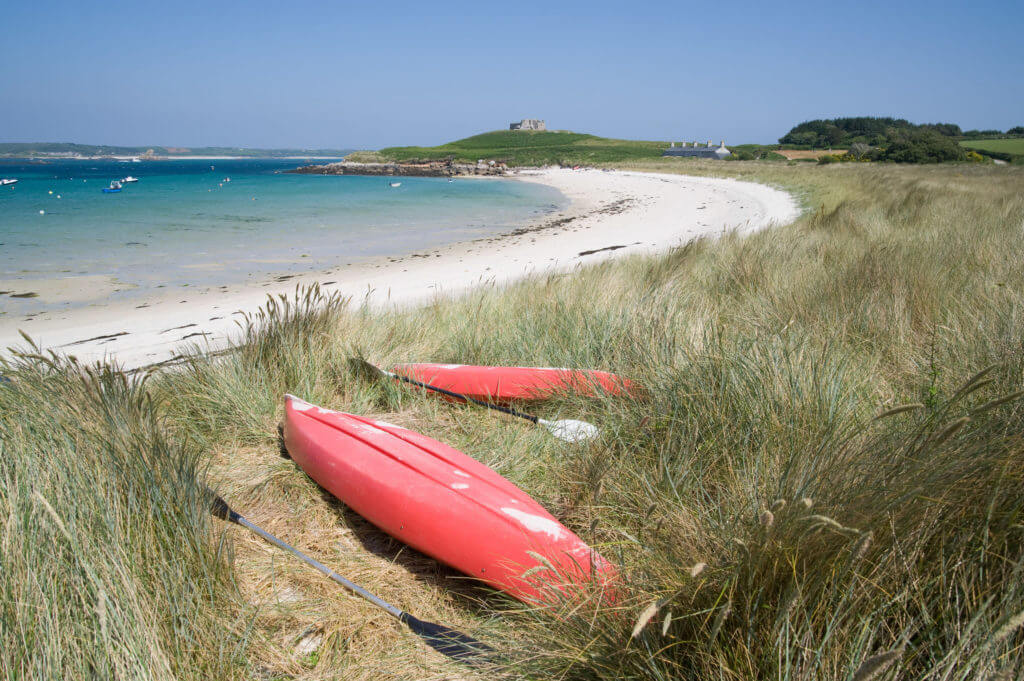
It’s a particularly good idea to learn and practice methods to climb back into your kayak after you capsize. Do this in a place where you’re with friends or expert kayakers and where the water is calm. The best place to do this is on an expert-run kayaking safety course.
Note that on navigable British waterways, such as canals and rivers, similar rules apply to those used when driving on British roads. That means you should paddle on the left to avoid collisions and attach a white light to the front of your kayak and a red light to the back if you are likely to find yourself paddling after dark.
6. Wear appropriate clothing and take suitable equipment
Once you know the weather conditions, dress appropriately, such as using a suitable wetsuit and layers of clothes with a hat and gloves. In summer, a sunhat and sunglasses with sun cream may be a good idea.

Attach your paddle to your kayak with a leash to prevent loss. Carry a compact First Aid Kit for emergencies. And consider taking a waterproof torch. If you are carrying a radio or any other pieces of safety equipment, test them before each kayaking adventure.
7. Stay safe out there
Although kayaking is a relatively safe sport, there are fatalities and near misses every year. Check out the safety information provided by British Canoeing and the RNLI. If in doubt, always ask an expert.
Benefits of kayaking
Is kayaking good exercise?
Yes! Yes it is. You can burn around 400 calories an hour when you’re kayaking, depending on your weight and ferocity of paddling.
Fun, and good exercise. Kayaking is great!
You might also like…
- What Your Favourite Ice Lolly Says About You
- 3 Beautiful Proposal Locations in Hertfordshire
- Cost of Visiting England’s Tourist Attractions Soars up to 54% in Just 3 Years
- Discovering Newlyn: Cornwall’s Coolest Seaside Town
- Packing For Minimalists: How To Pack For Any Trip
- What Your Favourite Ice Lolly Says About You - 26 June 2025
- 3 Beautiful Proposal Locations in Hertfordshire - 15 June 2025
- Cost of Visiting England’s Tourist Attractions Soars up to 54% in Just 3 Years - 21 February 2025


